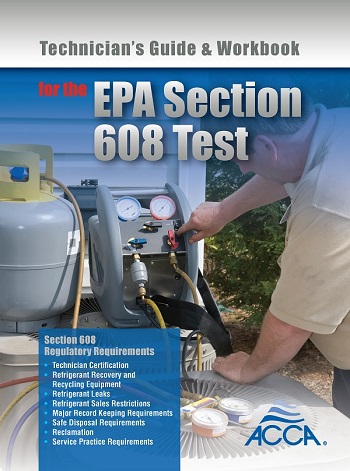NEW YORK — Smaller-diameter copper tubes strengthened with low percentages of alloying elements can withstand the higher pressures of the new refrigerants such as CO2 (R-744), according to the International Copper Association.
Refrigerants with low global warming potential (GWP) typically must operate at higher pressures, and heat exchanger coils must be designed to withstand these higher pressures. An extreme case is carbon dioxide, or R-744, which has a very low GWP compared to other refrigerants, yet requires high operating pressures.
Smaller-diameter tubes naturally have higher burst pressures for a given wall thickness as a direct consequence of tube mechanics. Another way to increase burst pressure without increasing tube wall thickness is to use high strength alloys of copper, said the International Copper Association.
Several tube suppliers offer high-strength copper alloy tubes, which are made from alloys classified as low alloyed copper. These alloys offer high thermal conductivity, corrosion resistance, and are easily brazed. Yet these alloys of copper with other small amounts of other metals are significantly stronger than pure copper.
The industry standard for heat exchangers in air conditioning and refrigeration applications is C12200 deoxidized high phosphorus (DHP) copper. This material is nearly pure copper (99.9 percent copper) with a small percentage of the element phosphorus. C12200 has nearly the same mechanical properties as the high-purity copper alloys such as C11000.
This industry standard has excellent deep drawing characteristics and similar corrosion resistance to C11000. It provides excellent resistance to weathering and very good resistance to many chemicals. It is often used specifically for corrosion resistance. C12200 can be welded and brazed
Low-alloyed copper contains small percentages of elements such as nickel, tin, iron, or other metals. These alloying elements significantly strengthen the copper tubes. They accomplish this by reducing the grain size in the microstructure thus increasing the yield strength. Tube suppliers report increases in the burst pressure of 20 percent compared to C12200 for the same wall thickness.
Meanwhile, the heat transfer coefficients and pressure drops are similar to those obtained using C12200. And brazing of the high strength alloys is very similar to brazing standard alloys, so no additional training is required
“The use of high strength alloys gives manufactures more opportunities to reduce wall thicknesses, thereby saving materials and improving the energy efficiency of heat exchanger coils,” said Nigel Cotton, MicroGroove team leader for the International Copper Association.
According to Cotton, the heat transfer efficiencies possible using high strength alloys, internal surface enhancements, and smaller diameters of tubes make MicroGroove technology ideal for air conditioning and refrigeration applications that offer high efficiency and use eco-friendly refrigerants.
For more information, visit www.microgroove.net.
Publication date: 1/12/2015
Want more HVAC industry news and information? Join The NEWS on Facebook, Twitter, and LinkedIn today!









